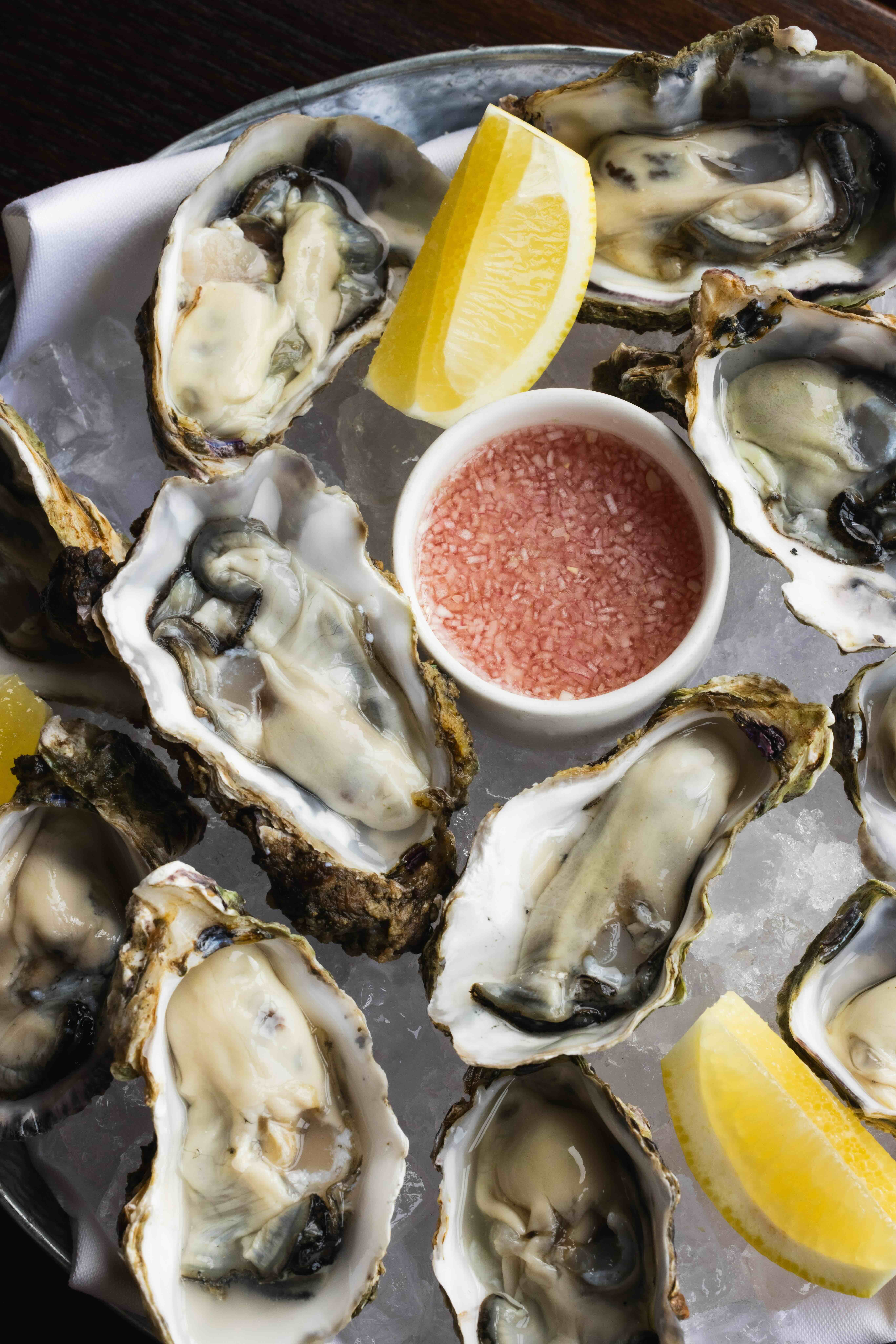Going gluten-free seems almost fashionable. It may be the latest dietary villain—but is there really anything wrong with consuming it?
Going gluten-free seems almost fashionable. Gluten-free choices are popping up at cafes all over New Zealand and supermarkets are stocking pasta, bread and biscuits in gluten-free varieties. Gluten may be the latest dietary villain—but is there really anything wrong with consuming it?
What is it?
Gluten is an insoluble protein found in wheat, barley and rye. It makes dough chewy and elastic, so it’s found in most bread, pasta, cakes and biscuits. Gluten is also found in many processed foods, chocolate, ice cream—even beer.
What’s the problem?
Some people show symptoms of ill health if they consume food that contains gluten. Estimates for the prevalence of gluten-intolerance range from one in ten people, to one in 1,000.
The average person who is not sensitive to gluten has no reason to avoid it.
Who must avoid it?
Coeliac disease, an autoimmune condition, is a permanent intolerance to gluten that damages the small intestine, and can lead to serious health problems if left untreated. Coeliac disease can be mild or severe, and can be triggered any time from childhood to old age. Symptoms include diarrhoea, wind, bloating and nausea. It is diagnosed with a blood test and a biopsy of the intestine and treated with a gluten-free diet.
Twenty years ago it was thought that one in 3,000 people had coeliac disease, although recent studies suggest the prevalence may be much higher—as many as one in 80 people. Allergy New Zealand estimates that one in 300 New Zealanders have coeliac disease.
Those with dermatitis herpetiformis, a gluten-induced skin sensitivity, must also follow a gluten-free diet.
What about gluten sensitivity?
Some people who don’t have coeliac disease may be identified as ‘gluten-sensitive’. Gluten sensitivity has been blamed for a variety of common symptoms, many of which are vague: tiredness, irritability, lethargy, sore tummy, eczema, bloating, wind, diarrhoea and gastric reflux.
Christchurch-based paediatric gastroenterologist Dr Rodney Ford, who markets himself as ‘Doctor Gluten’ (www.drrodneyford.com; www.drgluten.com), has written several books on what he calls ‘The Gluten Syndrome’. He believes at least one in ten people show signs of gluten sensitivity.
Dr Ford diagnoses gluten sensitivity in children with a blood test for antigliadin IgG and IgA. Many Diagnostic Medlabs no longer do this test, however, because it gives non-specific results that are not diagnostic of coeliac disease. Canterbury HealthPathways says that antigliadin IgG is commonly elevated in children.
Other doctors don’t accept gluten sensitivity as a medical diagnosis. “It’s a made-up syndrome,” says Lyn Gillanders, senior clinical dietitian at Auckland City Hospital. Many people avoid gluten on the basis of self-diagnosis, but that has serious limitations, she says. “It’s really important that people do get an accurate diagnosis. Those symptoms could also explain irritable bowel syndrome, coeliac disease or bowel cancer. If it’s the last one, it’s clearly very important that you get checked out by a doctor or specialist.”
The accepted way to diagnose any food intolerance is with an elimination diet, where suspect foods are completely removed from the diet for one to three weeks, then reintroduced one by one. If symptoms reappear when a food is reintroduced, intolerance is confirmed. (The supervision of a doctor, dietitian or allergy specialist is recommended, to ensure adequate nutrition.) Once the hard work of identifying a dietary culprit is complete, the advice is simple: if it makes you feel bad, don’t eat it.
What are the alternatives?
Alternatives to wheat flour include soy, buckwheat, chickpea and rice bran flours. People on a gluten-free diet can still eat grains such as amaranth, buckwheat, millet and brown rice, and all fruits and vegetables.
Many other gluten-free products are readily available: pasta made from rice and corn; biscuits made from rice flour and maize starch. Doctors can write prescriptions for a limited range of gluten-free foods for patients with coeliac disease, although they may not be much cheaper than the supermarket equivalent once the doctor’s consultation and prescription fees are paid.
The Manufactured Food Database (www.mfd.co.nz) lists all the gluten-free and low-gluten processed foods available in New Zealand. The Coeliac Society of New Zealand has a list of gluten-free cafes and restaurants throughout New Zealand on its website, under ‘Eating by region’ (www.colourcards.com/coeliac).
Sound like a hassle? All parties agree that it certainly is. “Nobody really wants to be on a gluten-free diet,” says Dr Ford, “but if you find you feel better gluten-free, then it’s a no-brainer, really.”





